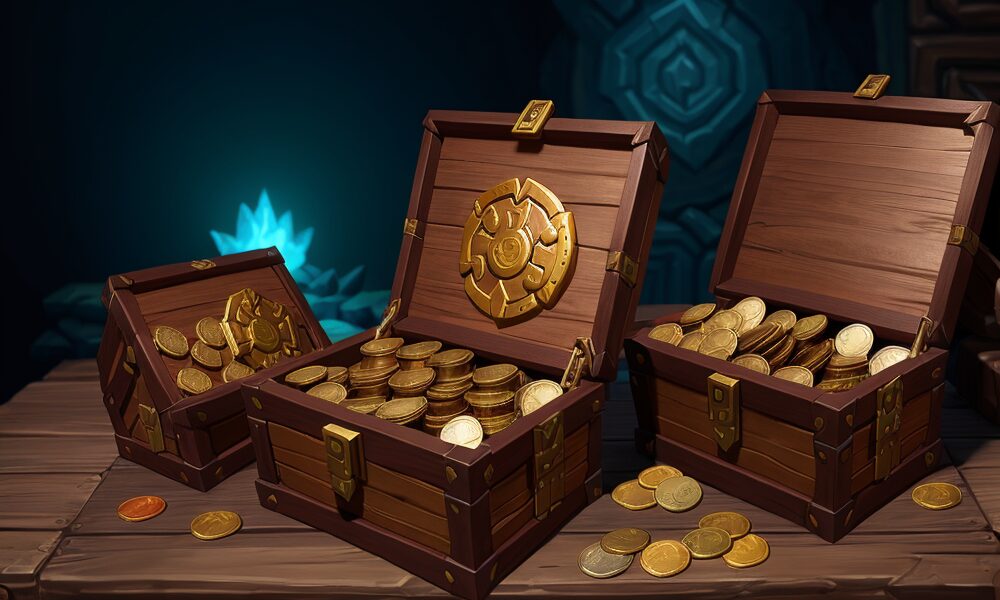How Blockchain Technology is Helping the World Fight Climate Change
In 1988, in Connecticut, USA, Applied Energy Services (AES) built a 183 MW coal-fired power plant. The 14.1 million tons of carbon dioxide that would be released over the power plant’s 40-year life would have to be “offset” by a forestry project, so AES hired the World Resources Institute to find one. The following year, AES and the non-profit organization CARE entered into a partnership to fund an ongoing agroforestry project in Guatemala.
This is how the world’s first “carbon offsetting” financing mechanism came about and became part of environmental economics. The project, according to CARE, was a “success” since it brought “a multitude of direct and indirect benefits to the people of Western Guatemala”.
Since then, the world has been fighting to achieve carbon neutrality and has had many initiatives such as the 1995 Kyoto Protocol, the 2005 EU Emissions Trading Scheme and the 2015 Paris Agreement.
Today, environmental economics has grown exponentially. Companies spend billions buying carbon credits.
Carbon credit economy
One approach for a business to deal with emissions it is unable to eradicate is to buy carbon credits. Carbon credits are documents that show the amount of greenhouse gases that have been reduced or removed from the atmosphere. Although carbon credits have been around for a while, the voluntary market for them has expanded dramatically in recent years.
Demand for voluntary carbon credits may continue to rise as efforts to decarbonize the global economy intensify. According to McKinsey, annual global demand for carbon credits could rise to 1.5~2.0 gigatons of carbon dioxide (GtCO2) by 2030 and up to 7~13 GtCO2 by 2050 – depending on the amount of negative emissions required to reduce overall emissions in line . with the 1.5-degree warming target and the stated demand for carbon credits.

A projected graph showing the reduction of carbon dioxide 30 years from now
According to The Taskforce on Scaling Voluntary Carbon Markets (TSVCM), demand for carbon credits could increase 15x by 2030 and 100x by 2050. By 2030, the total carbon credit market could be worth upwards of $50 billion.
Since the world is committed to fighting climate change, the new age technology has given an impetus to the whole process. The development of blockchain technology in recent years has opened a new path to climate change.
How Blockchain Fights Climate Change
Experts say smart contracts – built on blockchain technology – are transparent, fully traceable and irreversible, which could be ground-breaking in solving big problems like climate change.
This has been the huge potential for smart contracts – fully traceable, transparent and irreversible, self-executing contracts that run on blockchains – to contribute to the fight against climate change.
Smart contracts give us the ability to create fully automated, globally accessible incentive systems that can directly reward people, businesses and governments for participating in sustainable initiatives such as regenerative carbon offsets, agriculture, crop insurance and more. These contracts are a wonderful instrument to encourage participation in international green projects because the fight against climate change fundamentally requires a significant shift in global consumption patterns.
The environmentally conscious smart contract applications can be introduced in agriculture, consumption and crop insurance.
Sergey Nazarov of Chainlink explains the use of smart contracts in crop insurance. The crop insurance built on smart contracts can help farmers sustain with proper compensation even if they face two seasons of drought.
Likewise, if a person started a reforestation project, the smart contract would pay the person a tokenized carbon credit, which could be sold to companies that prove they have had a green impact.
DAOs: A link that connects companies to the environment
Carbon credits can be issued and tracked with confidence due to Blockchain’s immutable distributed ledger that is cryptographically secure. SMEs can easily use public blockchains, lowering the barrier to entry for the carbon trading industry.
In addition, the data that businesses provide is open to the public and transparent. Blockchain-based, free Automated Market Makers (AMMs) have recently been developed – enabling direct trading of digital assets without intermediaries and with low algorithmic costs. They give all stakeholders access to the infrastructure needed to build a digital carbon credit ecosystem.
There are various climate-based DAOs (decentralized autonomous organizations) that are part of the carbon credit ecosystem now. Klima, Solid World, Thallo and many other blockchain-powered platforms solve the problem of climate change through carbon credits.
Klima is one of the largest CO2 credit DAOs. It removes carbon credits from the regular market and thus increases the price of the other carbon credits that are still on the market.
Last year, Kilima announced that it has accumulated over 9 million tons of carbon offsets, amounting to $100 million.
Thallo is a blockchain-based carbon credit market – powered by Polygon – that allows businesses and individuals to purchase high-quality carbon offsets.
“We at Polygon support efforts to scale the impact as needed in the global climate crisis,” said Stefan Renton, Sustainability Lead, Polygon Technology talking to Analytics India Magazine.
He added that while Polygon recognizes the importance of carbon credits and plans to purchase high-quality, long-duration credits, they also see the potential of this technology to create the underlying infrastructure that can help transition the global economy from its current heavily extractive model to something. much more regenerating and relieving the stress we as a species burden the planet with. Polygon plans to support these innovative efforts within its ecosystem.


